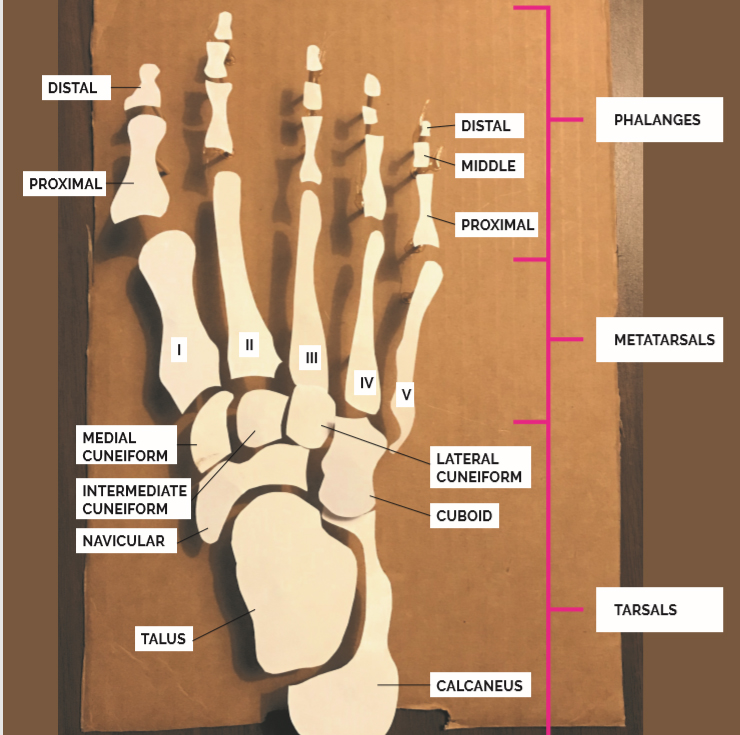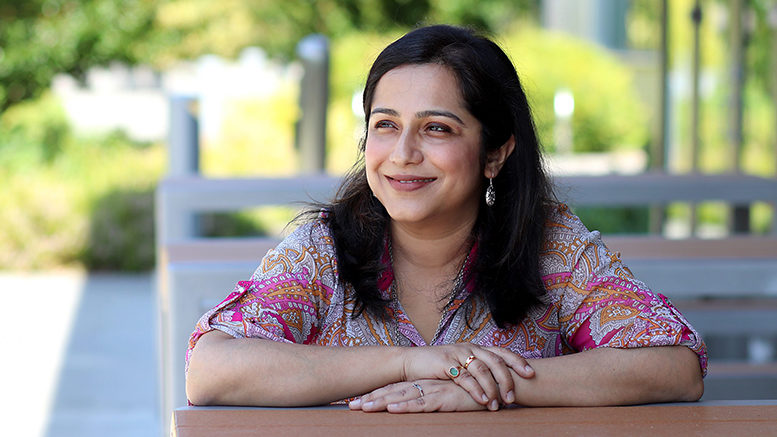Mirroring the experiences of community college across the country, the 2020 spring and summer terms have been unlike any that Portland Community College (PCC) has ever experienced. But the college community has stepped up with creative ways to reach educational and instructional goals.
Anatomy and physiology instructor Poulami Mitra, for example, is among several teaching innovators who have revamped their methods to better connect with and educate students in the new remote learning environment. Below, Mitra, a former academic researcher with the Oregon Health & Science University who has taught at PCC’s Rock Creek Campus since 2013, details some of those new approaches to teaching in a new remote environment.
What do you enjoy most about teaching?
Mitra: The thing I enjoy most about teaching is my interaction with students. I miss this part terribly as interacting online is not the same as interacting in-person. Also, I enjoy being creative and teaching allows me to do so as I use different strategies to engage students with different learning styles. Last, but not the least, I enjoy hearing from students who get accepted in various healthcare programs. It’s a great feeling to know that I did my bit to help some people reach their goals.
How has your curriculum changed during remote instruction?
Mitra: I made several big changes. One was to organize my D2L shells into weekly folders rather than having two folders for class Powerpoints and class notes. Each weekly folder includes a gentle reminder of quizzes or homework for that week. This reminder is in place in addition to their syllabus and weekly announcements.
Another one was to include interactive sessions — doing quizzes and labeling diagrams — during our live meetings. The most important change to my curriculum has been to ask students to make small models for body systems that we cover in our classes. Most anatomy students are visual and kinesthetic learners and, just like the anatomy teachers, are missing the lab.

Mitra: I asked them to use any material available at home to make a skin model for their Integumentary System class and then a hand or foot model for their Skeletal System class. I received some amazingly creative models and several messages saying that they enjoyed doing these projects.
Also, I heard back from students saying that they involved their kid or partner in making their projects, so it almost became a family activity. These projects were not mandatory. They had the option of researching a skin disease or bone disease topic instead, but almost 90 percent of the students chose to do the projects.
Throughout the course I encouraged students to use Play-Doh or clay to make models. If they didn’t have that, I asked them to use paper and pencil to draw things out. Some students said they used an app called Procreate. And the goal was always to help them translate their understanding into a visual form.
What inspired you to go this route?
Mitra: Everyone in the biology department is very collaborative and supportive. In particular, Michelle Huss and Josephine Pino have inspired me to use artistic projects or props as teaching material. Given the situation we are in, I thought of using artistic projects as part of our lab section.
Have there been any silver linings to this experience for you?
Mitra: I think I will include the anatomy model building as part of lab homework even when we return to in-person classes. Often students take pictures of lab models and rush through a lab. Learning a new subject is directly proportional to the amount of time you spend with it. Making a model will help them to spend time on the topic.

